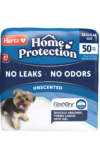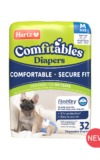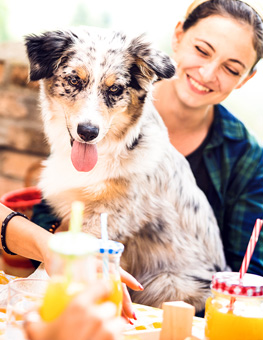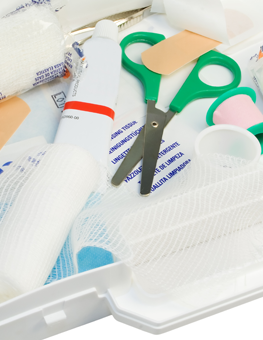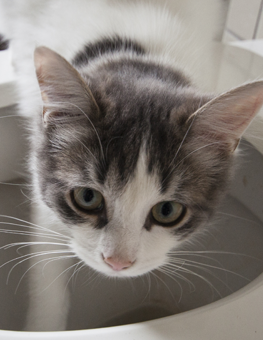Including Your Pet in Emergency and Disaster Plans
When making plans in case of an emergency or disaster, don’t forget your furry family members.

Pets can become exposed to numerous life-threatening hazards if left behind.
Preparing for a temporary or permanent evacuation ensures owners, pets and first responders remain safe. Follow our simple steps that you can take now before an urgent situation arises.
- Get an alert sticker to let rescue personnel know that pets are inside your home. The American Society for the Prevention of Cruelty to Animals (ASPCA) offers free decals to pet parents that can be placed on any window. It provides information on the type and number of pets residing with you as well as your veterinarian’s contact name and number. Get yours here: https://secure.aspca.org/take-action/order-your-pet-safety-pack
- Arrange a safe haven in advance in case of an evacuation. Pets can become exposed to numerous life-threatening hazards if left behind. Contact local boarding facilities, animal shelters, and hotels to create a list of places that will accept pets in adverse cases. Contact family and friends in your immediate area that would be able to care for your pet temporarily, should it be necessary, and have access to your home. Think of these individuals as foster parents, and thoroughly discuss with them your pet’s requirements so they can understand the responsibilities included in caring for your pet.
- Always plan for the worst-case scenario when putting together an emergency supply and travel kit. Pack more than enough in the event you cannot return to your home as early as expected. Be sure everyone in your family knows where the kit is located to minimize evacuation time. Items you should include are:
- A pet first-aid kit
- At least a week's worth of food (remember to rotate every two months to ensure your supply is fresh)
-

Pack more than enough in case you can't return to your home as early as expected.
Disposable litter trays
- Litter or dog pads
- Soap and disinfectant
- Feeding and water bowls
- Extra collar, harness and leash
- Copies of medical records sealed in a water-tight document sleeve and two weeks worth of medication (if required)
- Seven days worth of fresh, bottled water for each pet
- Flashlight
- Blanket
- Crate, travel bag, or kennel
- Toys and treats for comfort
- Recent photos in the event your pet gets lost
- Secure carrier for small animals, reptiles and birds
- Towel or sheet to cover your pet’s cage to reduce exposure to the elements and reduce the stress of traveling
- Heating pad or warming device for reptiles
- It is always recommended that pets wear ID tags with up-to-date information
If you live in certain disaster-prone regions, determine in advance which parts of your home make for the best safe-rooms and have access to a supply of water (such as a bathroom) that can be filled prior to a crisis.



